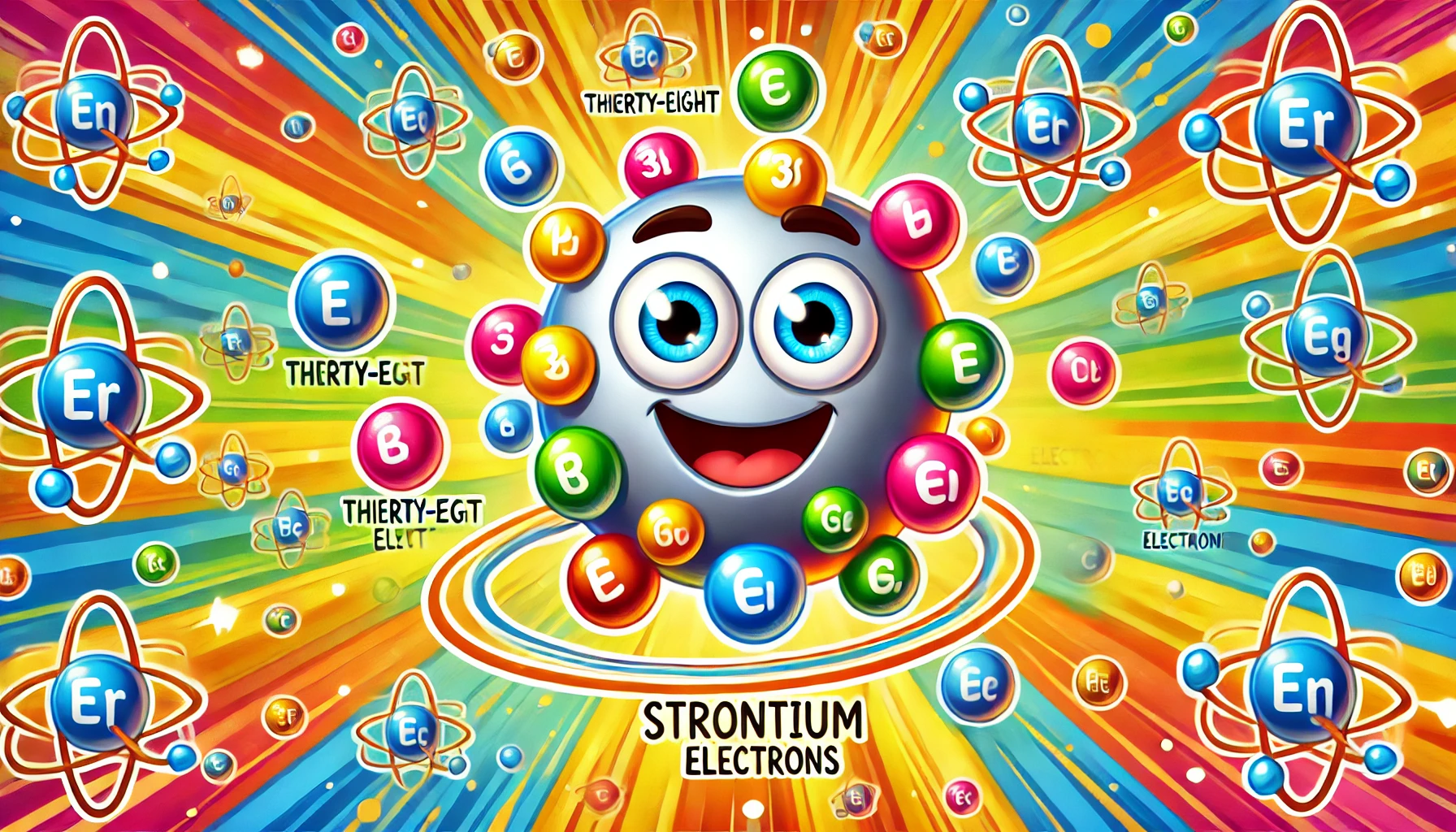Understanding Strontium: Properties, Uses, Health Risks, and Fascinating Facts
Understanding Strontium: Properties, Uses, Health Risks, and Fascinating Facts
Table of Contents
- Introduction to Strontium
- Properties of Strontium
- Uses of Strontium
- Health Risks of Strontium Exposure
- Interesting Facts about Strontium
- Environmental Impact of Strontium
- Conclusion
- References
Understanding Strontium: Properties, Uses, Health Risks, and Fascinating Facts
Introduction to Strontium Strontium is a chemical element with the symbol Sr and atomic number 38. It belongs to the alkaline earth metal group and is known for its diverse applications in industry and medicine. This article explores the properties, uses, health risks, and interesting facts associated with strontium, providing a comprehensive understanding of this fascinating element.
Properties of Strontium Strontium is characterized by several distinct physical and chemical properties.
Physical Properties
- Appearance: Strontium is a soft, silvery-white metallic element that turns yellow when exposed to air due to the formation of strontium oxide.
- Density: The density of strontium is 2.64 g/cm³.
- Melting Point: Strontium melts at 777°C (1431°F).
- Boiling Point: The boiling point of strontium is 1,382°C (2,520°F).
Chemical Properties
- Reactivity: Strontium is highly reactive, particularly with water and air. It reacts with water to form strontium hydroxide and hydrogen gas.
- Compounds: Strontium forms various compounds, including strontium carbonate (SrCO₃), strontium nitrate (Sr(NO₃)₂), and strontium chloride (SrCl₂).
Uses of Strontium Strontium has several applications across different industries due to its unique properties.
Pyrotechnics and Fireworks
- Color Production: Strontium salts, such as strontium nitrate and strontium carbonate, are used in pyrotechnics to produce a bright red color in fireworks and flares.
Medical Applications
- Strontium Ranelate: Used as a treatment for osteoporosis to increase bone density and reduce the risk of fractures.
- Diagnostic Imaging: Strontium-89 is a radioactive isotope used in the treatment of bone cancer and as a tracer in diagnostic imaging.
Electronics and Optics
- Cathode Ray Tubes: Strontium compounds are used in the production of cathode ray tubes (CRTs) for older television sets and computer monitors.
- Optical Glass: Strontium is used in the manufacture of special optical glass to improve its quality and performance.
Alloys and Metallurgy
- Metal Alloys: Strontium is used in the production of certain metal alloys to improve their strength and machinability.
Health Risks of Strontium Exposure While strontium in its natural form is generally considered to have low toxicity, there are some health risks associated with certain strontium compounds and isotopes.
Natural Strontium
- Dietary Strontium: Naturally occurring strontium in the diet is not harmful and can even contribute to bone health.
- Low Toxicity: Natural strontium poses little to no risk when ingested in typical dietary amounts.
Radioactive Strontium
- Strontium-90: A radioactive isotope of strontium produced by nuclear fission. It can replace calcium in bones, leading to bone cancer and leukemia.
- Health Risks: Exposure to high levels of radioactive strontium can cause severe health issues, including cancer and blood disorders.
Industrial Exposure
- Inhalation and Ingestion: Inhalation of strontium dust or ingestion of strontium compounds can cause irritation to the respiratory and gastrointestinal systems.
Interesting Facts about Strontium Strontium has several fascinating aspects that make it an intriguing element.
Discovery
- Discovered in 1790: Strontium was discovered by Adair Crawford in 1790 in a mineral sample from Strontian, Scotland, which is where its name originates.
Isotopes
- Stable Isotopes: Strontium has four stable isotopes: strontium-84, strontium-86, strontium-87, and strontium-88.
- Strontium-90: A significant byproduct of nuclear reactions and a notable environmental contaminant following nuclear accidents.
Geological Use
- Strontium Isotope Dating: Strontium isotopes are used in geological dating to determine the age of rocks and minerals.
Environmental Impact of Strontium Strontium has varying environmental impacts depending on its form and use.
Natural Occurrence
- Abundance: Strontium is relatively abundant in the Earth’s crust and is commonly found in minerals such as celestite and strontianite.
- Minimal Impact: Natural strontium has minimal environmental impact.
Radioactive Contamination
- Nuclear Fallout: Radioactive strontium-90 can contaminate the environment following nuclear explosions or accidents, posing long-term health risks to living organisms.
Industrial Waste
- Waste Management: Proper disposal of strontium-containing industrial waste is crucial to prevent environmental contamination.
Conclusion Understanding strontium, its properties, uses, health risks, and interesting facts provides valuable insight into this versatile element. While naturally occurring strontium is generally safe, appropriate safety measures should be taken when handling radioactive strontium and industrial compounds. Its applications in pyrotechnics, medicine, and electronics highlight its importance in various fields.

<ⓒ WizardMedics (wizardmedics.com)>






